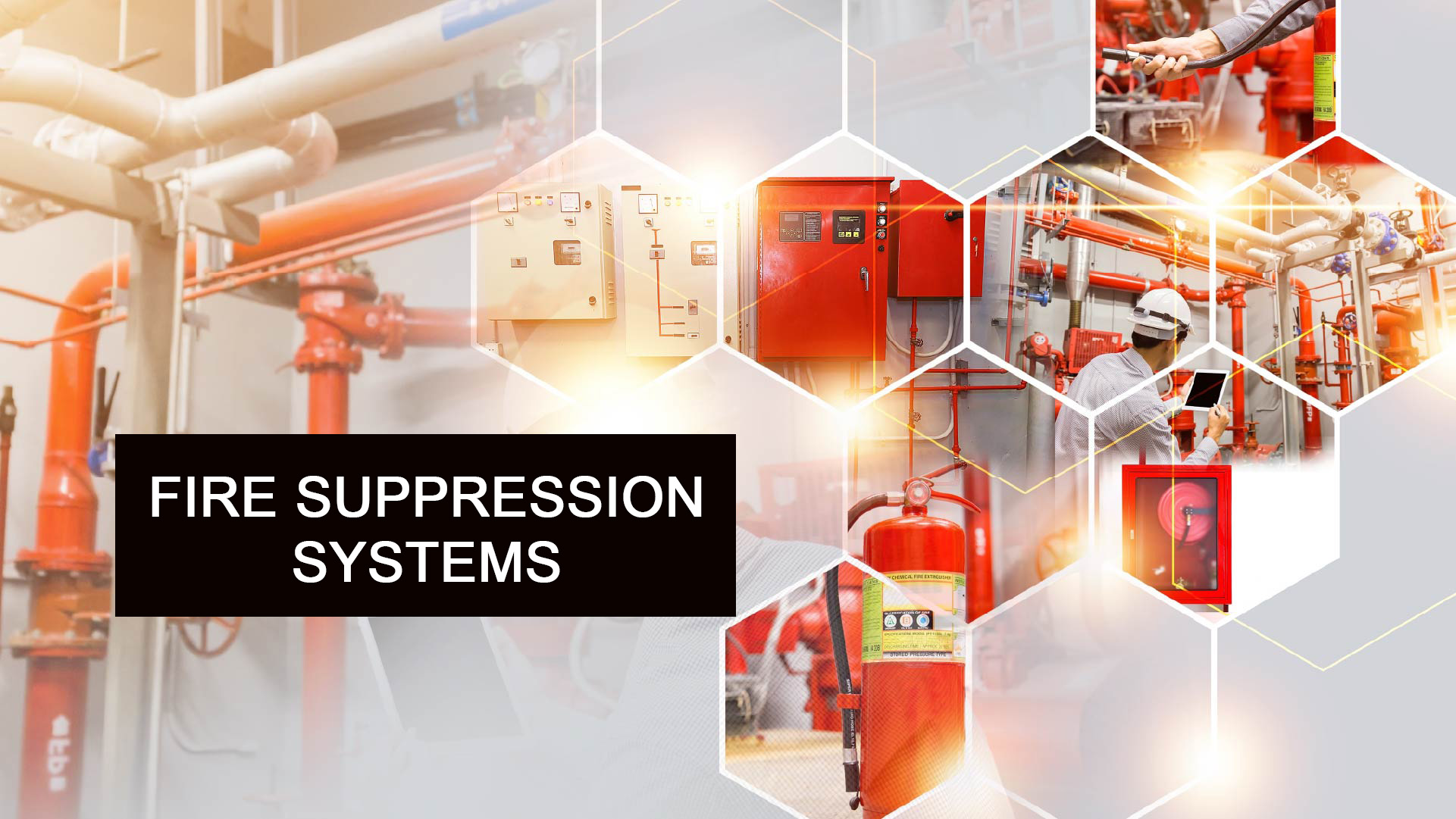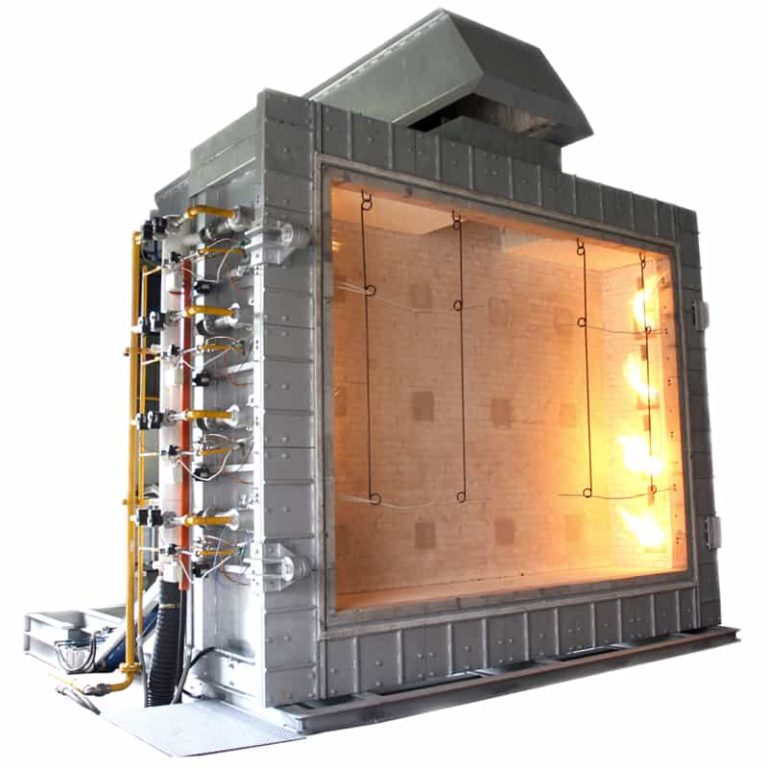




Intumescent coatings enhance the resilience of steel structures by expanding into a thick, insulating char when exposed to extreme heat. This barrier slows temperature rise, preserving structural integrity and providing crucial time for evacuation
Steel, though incredibly strong, begins to lose its load-bearing capacity above 550ºC. These coatings counteract that by expanding up to 50 times their original thickness, creating a thermal shield that delays failure.
Proper protection depends on achieving the correct dry film thickness. A wet-film gauge ensures accurate application, and multiple coats may be required to reach the necessary level of defense.
Above 250ºC, active ingredients react to form a dense, insulating foam that significantly reduces heat transfer. Following precise application guidelines ensures maximum performance, enhancing safety and regulatory compliance.

Achieving the desired resistance with an intumescent coating depends on applying the correct dry film thickness. Use a wet-film gauge to measure wet thickness, ensuring it aligns with dry film requirements. Multiple coats may be needed for optimal protection.
As temperatures rise, the binder dissolves, the blowing agent releases gases, and controlled expansion occurs. The carbon backbone decomposes, and inorganic reinforcements form a solid char.
Modern commercial construction often features exposed steelwork, made feasible by intumescent coatings that eliminate the need for fire boards while meeting regulations. These coatings also provide corrosion resistance and aesthetic benefits.
A decade ago, pneumatic pumps were standard for applying these coatings, requiring an air motor delivering 4,000–5,000 psi and a 150 cfm road compressor. Advancements in coating formulas have reduced material requirements and precise pressure demands. Today, most coatings can be applied using compact, self-contained units powered by gas engines or electric motors, streamlining the process for efficiency and effectiveness.
Protected by Security by CleanTalk